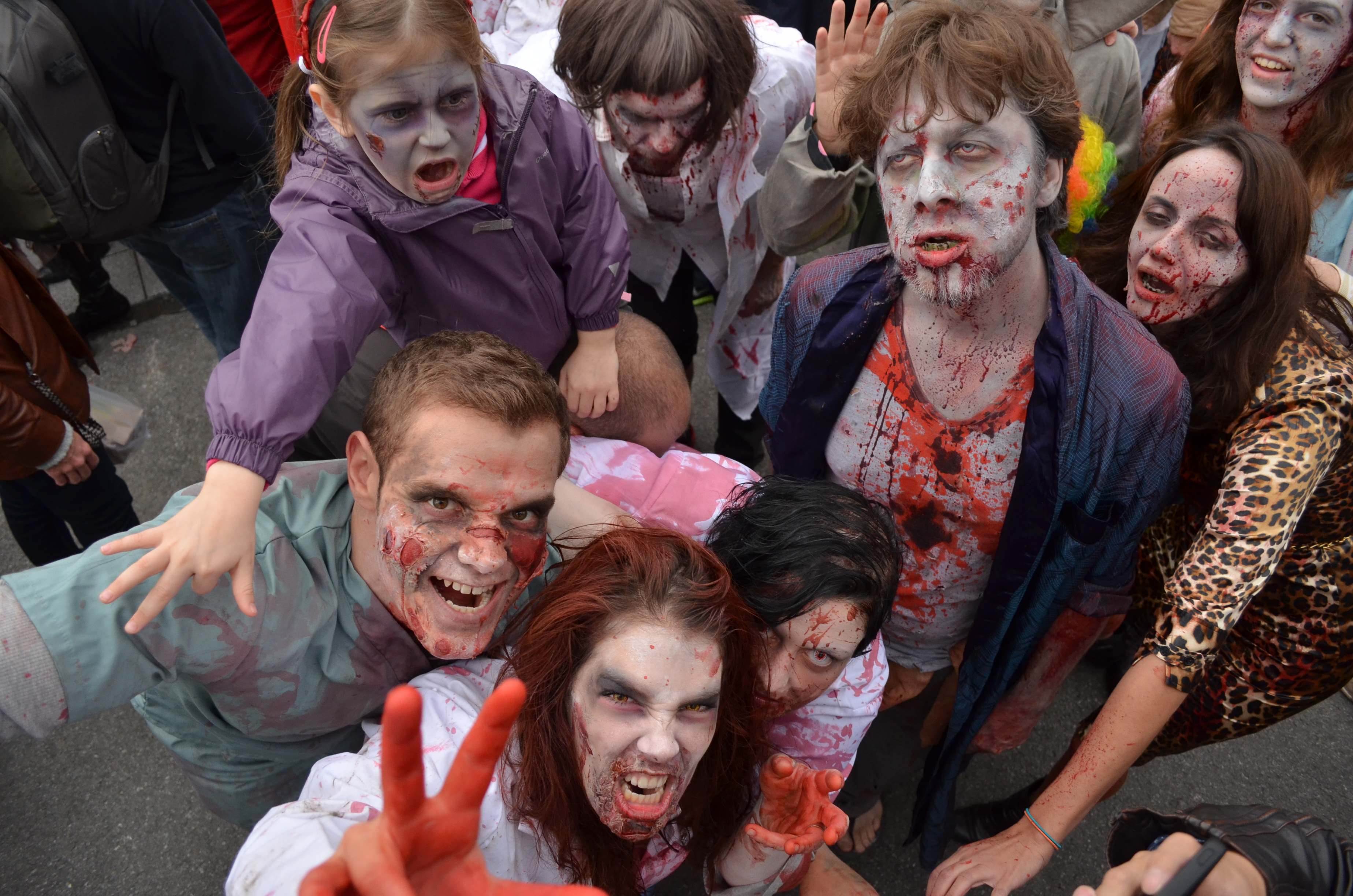Of all the ways the world could end, a zombie takeover is low on the list of probabilities. Natural disasters, global warming and nuclear destruction, all seem far more likely possibilities.
However, popular culture in the last few years seems especially taken with the notion of a zombie apocalypse; which is why, in light of the popular annual Zombie Walk, The Concordian thought we would take this opportunity to explore the many ways the theme of the undead can be presented.
We looked at how zombies have become a trend in popular culture, including films, movies and television shows, as well as how the idea of death and the macabre has become prominent in music. We created our own zombie band and explored our own zombie narratives through poetry and fiction.
Members of The Concordian attended the Zombie Walk and recorded their experience as photographers and participants.
Finally, we assembled a creative list of places that people of Montreal can go to in case of a zombie invasion.
While we explored a myriad of topics related to zombies, we neglected one key subject: the zombie culture at Concordia.
Slack-jawed students hunch over textbooks; eyes glazed, students sit in front of computers or their television sets; heads drooping, they sit in lecture halls; crookedly they lurch home from bars; hungrily they eye human flesh.
Thousands of people might have costumed themselves to look as though they’d returned from the dead on Saturday, but if we look closely at ourselves, our habits often closely resemble those attributed to the undead of television, film and literature.
All of us are alive, biologically speaking, and yet many of us lumber through life as though we were powered solely by some supernatural force that kept our limbs moving but our hearts still.
As students we are overwhelmed with work, especially around midterms, which often leaves us listless (as outlined above). However, it doesn’t have to be this way. In any zombie conception there are always those who resist. We students must resist becoming zombies as a result of our school work. We are not dead yet, so let’s not act like it.
We hope that this issue will allow you to look at different ways zombie-ism manifests itself in our culture as well as awaken you to your own zombie-ness.
